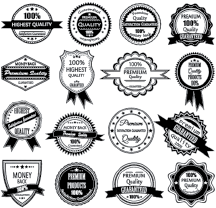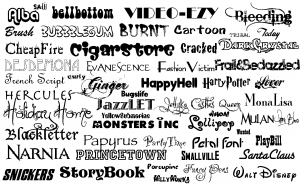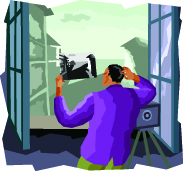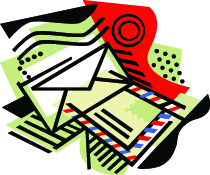 Whether you use them for product identification or shipping, for security or promotion, or for any other use, labels are a part of every business’s inventory of printed items. The earliest use of labels was for product identification; uses now include a wide range of applications across many industries.
Whether you use them for product identification or shipping, for security or promotion, or for any other use, labels are a part of every business’s inventory of printed items. The earliest use of labels was for product identification; uses now include a wide range of applications across many industries.
Label, Sticker, or Decal?
We’ll begin our discussion of labels with a semantics question: what is the difference between a label, a sticker, and a decal? Since many people use the terms interchangeably, we think there’s no obvious answer beyond common usage.
- When adhered to a product (such as a soup can or a piece of fruit) as a means of identifying or providing information about the product, we most often refer to the item as a label.
- When affixed to something (the bumper of a car, the front of a package, or a voter leaving the polls) in order to call attention to what is written on it, we refer to the item as a sticker.
- When the item can be moved from one surface (the substrate it is printed on) to another (a window, a model airplane), usually with the aid of heat or water, we refer to the item as a decal.









